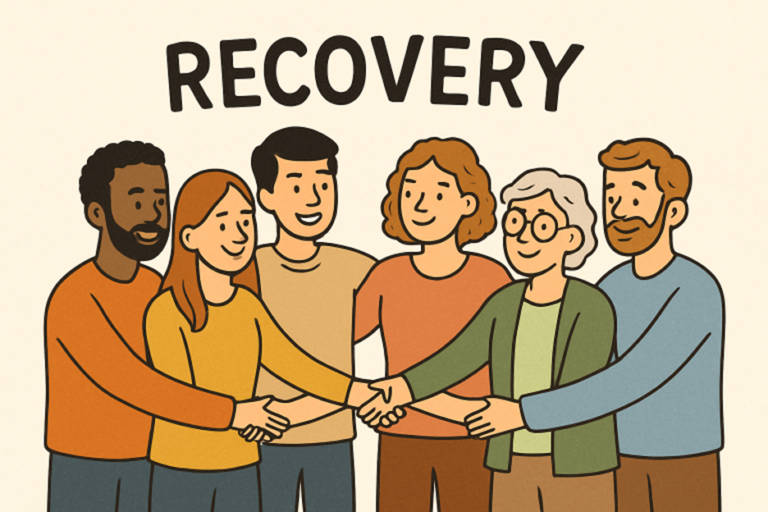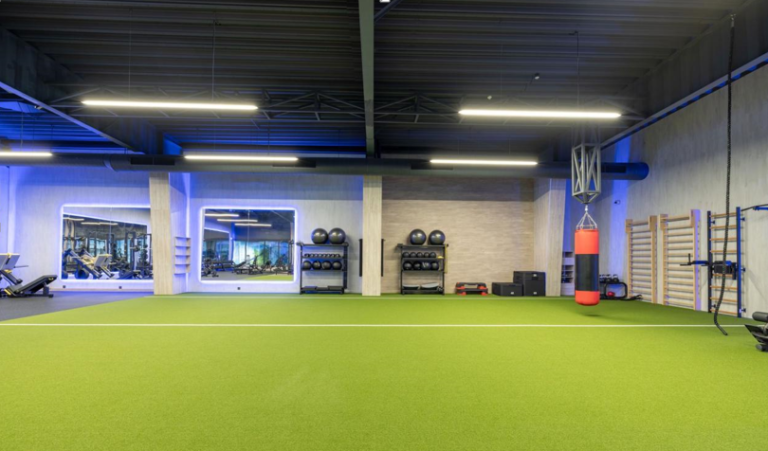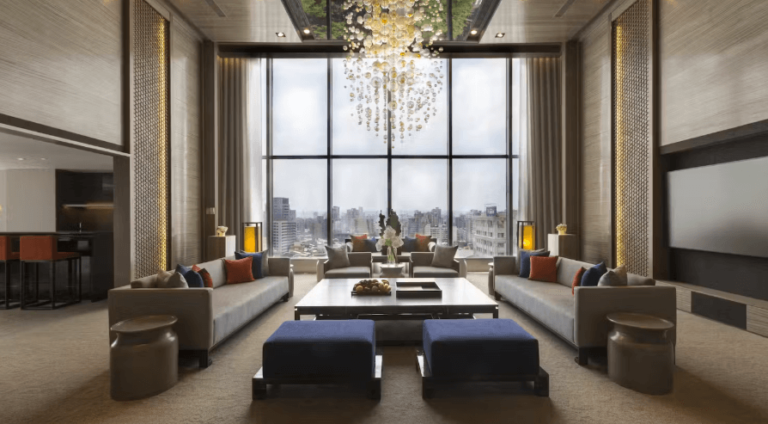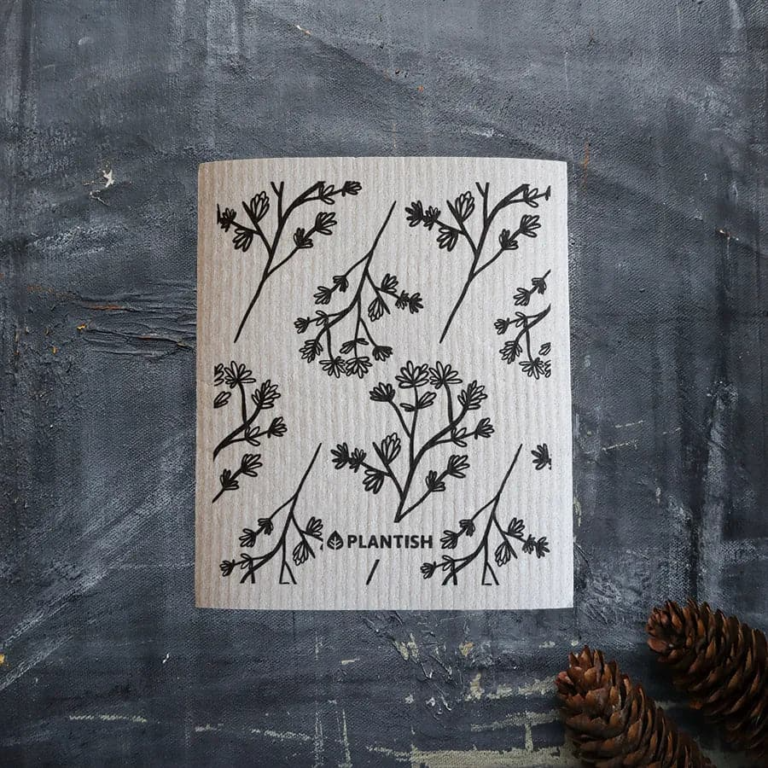Rhythm and Design: How Sound and Visuals Create Mood in Games, Films, and Installations

Sound and visuals are everywhere. They appear in games, films, art spaces, and even short ads. When combined, they do more than fill a screen or a room; they shape how we feel.
Consider a loud drumbeat in a dark room or gentle music paired with warm colours. These combinations can spark excitement, calmness, or unease. Music and images do not simply tell a story. They guide emotions in ways that words alone cannot.
Across media, rhythm and design hold people in a particular state of mind. Some use fast, loud techniques, while others prefer subtler cues. Both can be equally powerful in influencing how we experience a moment.
Games: Interactivity and Emotional Guidance
Games put players in control, but that control is framed by careful design. Every sound effect and visual detail works together to guide attention, influence decisions, and shape emotions. A heartbeat sound can heighten tension, while a glowing path can suggest safety.
In action titles, fast-paced beats and bold colours generate energy. Slower music and muted visuals often indicate rest or reflection. This balance of sound and imagery creates a seamless emotional journey as players move from scene to scene.
Journey (2012) uses an adaptive orchestral score that swells with player movement and shimmering desert visuals, turning simple traversal into a flowing, meditative rhythm. Even simpler games like the 9 Masks of Fire slot game rely on these techniques. Tribal-style drum rhythms and fiery visuals build an intense atmosphere. The steady beat and flickering animations keep players engaged, creating energy without a single spoken word.
Mood in games shifts constantly. Music may change suddenly during moments of danger and then ease when players succeed. Brightened screens and softened audio provide instant feedback. This cycle pulls players deeper into the experience.
Films: Storytelling Through Senses
Films use sight and sound to tell stories with precision. Directors and editors rely on colour, lighting, and music to craft emotional highs and lows. Unlike games, where the viewer sets the pace, films carefully guide each moment.
A bright outdoor scene with upbeat music can feel hopeful, while low lighting paired with eerie sounds creates tension. These choices are deliberate, designed to keep audiences emotionally connected.
Music also bridges transitions. In the absence of dialogue, a single note or change in tempo can shift the mood. Rhythm often carries emotion in quiet scenes, and silence combined with sound can leave a lasting effect.
Visuals play an equal role. Shadows, camera angles, and colour schemes establish atmosphere. A soft focus can evoke nostalgia or comfort, while sharp imagery raises suspense. Viewers may not consciously notice these techniques, yet they respond emotionally all the same.
A Quiet Place (2018) leans on extended silence, precise Foley, and abrupt percussive hits so that sound itself becomes the tension, while cool palettes and shadowed framing heighten unease.
Installations: Immersive Environments
Installations differ from films and games because they rarely follow a set storyline. These physical spaces allow people to move freely, take in the surroundings, and shape their own experiences. Mood comes from the environment itself, expressed through sound, light, and movement.
A room filled with echoing sounds and dim blue lights might feel distant, while one with gentle tones and slow-moving lights may feel relaxing. Rhythm in lighting and sound guides how visitors respond as they explore.
Repetition is also common. Recurring sounds or patterns of light reinforce a specific tone and build presence, even without a clear narrative. Visitors may choose to stay in one spot or move through the space, and the design must support both. Looped sound and shifting visuals ensure attention is sustained.
Television: Episodic Tone and Familiarity
Television creates emotion through consistency. Episodes often begin with the same theme song and visual style, setting the mood quickly whether the programme is a drama, comedy, or something in between. Stranger Things (2016– ) opens with a synth-driven theme and retro title sequence that instantly sets an eerie, nostalgic tone, reinforced by recurring color cues and stingers across scenes.
Over time, these cues become familiar. A slow introduction with soft colours may signal a serious tone, while quick edits and sharp audio cues often indicate action or humour. These patterns let viewers settle in without needing much context.
Because television works within shorter timeframes, the mood must be set almost immediately. Rhythm in scene length, editing, and background music helps carry the plot while maintaining emotional impact. Even when storylines change, the design style usually remains stable. This consistency grounds viewers across long-running series.
Advertising: Quick Impact on Emotion
Advertisements have only moments to capture attention. They use bold visuals, catchy music, and sharp edits to deliver emotion instantly.
Happy ads often feature bright colours and upbeat tunes. Calmer ads rely on soft lighting and gentle sounds to inspire trust or comfort. These elements are not decorative; they directly shape viewer response.
Because many viewers multitask or scroll quickly, ads are designed for impact at first glance. A single sound can trigger recognition, while a flash of colour can stop a scroll. Pacing becomes more important than dialogue, which is why the strongest short-form ads feel meaningful even in under 30 seconds.
Apple’s iPod “Silhouettes” (mid-2000s) combines bold neon backdrops, high-contrast dancing figures, and a driving pop track so rhythm and color communicate the mood within seconds.
Final Thoughts
It is easy to overlook how much sound and visuals contribute to media. Yet they constantly guide emotions, set tones, and influence how we respond. Rhythm and design are fundamental to creating mood, whether in games, films, installations, television, or advertising.
Pay closer attention and you will notice how quickly these elements affect your feelings and shape your overall experience.






